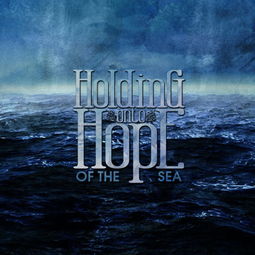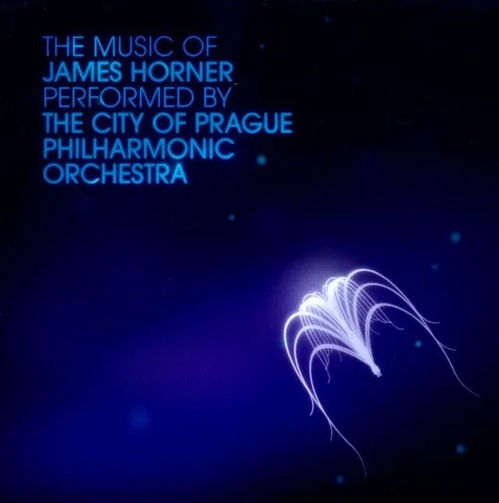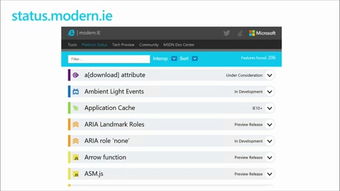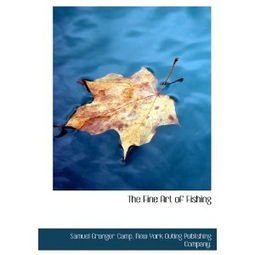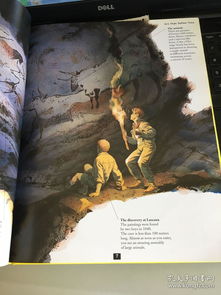
Content:
Fishing is an enjoyable outdoor activity that can be both relaxing and rewarding. Whether you are a beginner or an experienced angler, mastering the art of fishing can significantly enhance your experience. One of the most common fishing spots is a pond, which offers a serene environment for anglers to practice their skills. If you find yourself with a pond full of fish, here are some tips and techniques to help you catch more fish effectively.
Understand the Pond Ecosystem
Before you start fishing, it is essential to familiarize yourself with the pond's ecosystem. Observe the types of fish present, their size, and their preferred habitats. This knowledge will help you choose the right bait and lure to attract them. Ponds can be home to various fish species, such as bass, catfish, and perch. Each species has its unique preferences and behaviors, so tailor your approach accordingly.
1 Fish Behavior
Fish tend to be more active during certain times of the day. Early morning and evening are often the best times to fish as fish are more likely to feed during these periods. However, it is crucial to monitor the weather and water conditions, as they can also influence fish behavior. Overcast days and cooler water temperatures can make fish more active and easier to catch.
2 Preferred Habitat
Ponds offer various habitats, including shallow water, weed beds, and rocky areas. Fish may prefer one habitat over another, depending on the species and the current season. Spend some time exploring the pond and identify areas where fish are most likely to congregate. These areas may include areas with cover, such as submerged logs, rocks, or vegetation.
Choose the Right Equipment
The right equipment can make a significant difference in your fishing success. Here are some essential items to consider:
1 Rod and Reel
Select a rod and reel that match the type of fish you are targeting. A lighter rod and reel are suitable for smaller fish, while a heavier setup is better for larger species. Ensure the rod and reel are in good condition and properly matched to your fishing line.
2 Fishing Line
Choose a fishing line that is appropriate for the fish species and the size of the pond. Monofilament lines are versatile and easy to use, while fluorocarbon lines offer better sensitivity and reduced visibility in the water. Make sure the line is strong enough to handle the fish you are targeting.
3 Bait and Lures
Select bait and lures that mimic the natural food sources of the fish in the pond. Live bait, such as worms, minnows, or crickets, can be effective, but artificial lures can also work well. Experiment with different baits and lures to find what works best in your specific situation.
Presenting the Bait
The way you present your bait or lure can greatly impact your fishing success. Here are some techniques to consider:
1 Cast and Retrieve
The most common technique is the cast and retrieve method. Cast your line out into the water and retrieve it at a steady pace. Adjust the speed based on the fish's behavior and the type of lure or bait you are using.
2 Jigging
Jigging involves repeatedly lifting and dropping your lure or bait in a jerky motion. This technique can be effective for fish that are suspended in the water column or hiding near structure.
3 Trolling
Trolling involves slowly dragging your lure or bait behind a boat. This method can cover a large area and is often used to locate and catch fish that are spread out or difficult to reach.
Patience and Persistence
Fishing requires patience and persistence. Don't get discouraged if you don't catch fish immediately. Fish may be present but not actively feeding, or they may be more challenging to catch in certain conditions. Keep experimenting with different techniques and baits until you find what works.
Practice and Learn
The more you fish, the better you will become. Keep learning from your experiences, both successes, and failures. Seek advice from experienced anglers, join fishing clubs, and read fishing guides to improve your skills.
In conclusion, catching fish in a pond can be a fulfilling and enjoyable experience with the right approach. By understanding the pond's ecosystem, choosing the appropriate equipment, mastering various fishing techniques, and being patient, you can increase your chances of success. So, grab your rod and reel, head to the pond, and start fishing!
